How is roof cleaning done?
17th February 2021
Why you should clean your roof
One clear advantage of cleaning your roof is that it improves your home’s appeal and helps preserve its value. Keeping your roof clean will make it last longer, in addition to keeping your home looking fantastic. When not kept clean, roofing materials break down quicker.
While algae growth becomes a big issue on your roof, the algae in asphalt shingles may feed off limestone. On a shingled roof, algae or moss that grows thick may create space between shingles and expose the decking below to moisture, causing leaks and rot.
Methods of roof cleaning:
Eco-Friendly
Chemicals like bleach and chlorine may discolour your roof and also damage vegetation around your area. However, there are eco- friendly products for roof cleaning which do not contain toxic chemicals. This method of roof cleaning is mild and uses equipment that is safe for your roof.
A low-pressure rinsing system is used in this cleaning method and virtually eliminates algae, moss and lichens. This type of low-pressure washing is recommended for asphalt roof shingles and tiles made of clay.
Chemical
With high concentrations of sodium hypochlorite, Hale’s roof cleaners spray chemicals such as trisodium phosphate. It is reapplied as required once it dries up. The chemicals that are used in the process are not very costly. Also, for rinsing or inspection, experts do not need to get on the roof. This technique, then, is quite affordable. But a strong odour is emitted by the chemicals, and you may not get instant results.
The smokes arising from the cleaning agents may also harm people, pets and plants; thus, this method is usually not used if another alternative way can do the job well.
High-Pressure
Some people tend to opt for washing with high-pressure power using hot or cold water. It requires no detergent or chemicals. Therefore, it is eco-friendly. It is also cheap and is mainly used for ceramic tile cleaning.
You can also clean your roof with a power wash or brush. But the granules that protect the top and weaken the shingles will be stripped off. And there is a greater risk that you will need to have your roof washed again in a couple of months.
Soft Washing
Soft wash can destroy the bacteria and moss on your roof efficiently. The application is performed with low pressure; thus, it will not lower the roof warranty and maintain the roof’s integrity.
But it requires a qualified specialist to ensure proper mixture and application of the chemical. Owing to this expertise, it is more costly than other techniques. The chemical application will damage or destroy lawn landscaping if done incorrectly.
Zinc Oxide
The application of zinc oxide is another common approach. You may use zinc strips to do this or add the powder to the roof. The metal is poisonous to algae, moss, lichen and many other forms of common rooftop organisms.
Rainwater will wash the dead plants down the roof over time and into the gutter syndrome.
The bacteria growing on your roof will be killed by this process. However, the application of zinc oxide on the roof is not attractive because it appears like white snow in the absence of rain. Since it is a powder, it will also only result in re-growth if it is not likely to cover the entire roof.
Conclusion
No matter which technique you use one vital thing to take note is the type of roofing material used and the type of problem on your roof. If the wrong method is used, it might cause more harm than good. It is always better to talk to or hire a professional to get the best of the cleaning.


